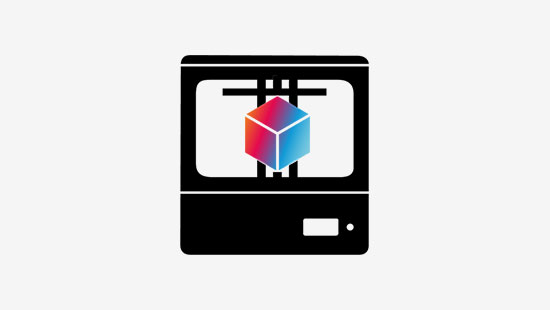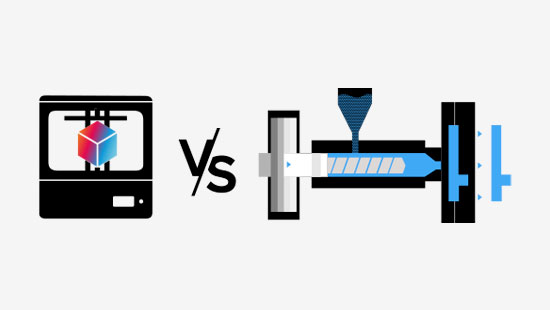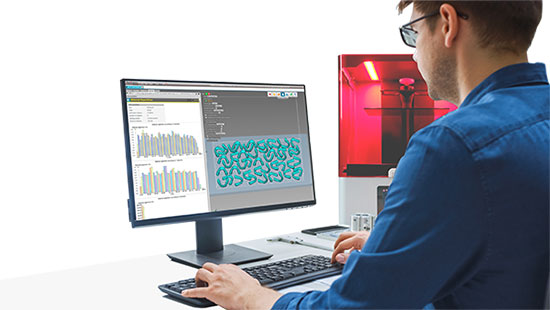How to overcome bending and warping when 3D printing large models!
Have you ever wondered how to print and cure large 3D models like this one in resin without them bending or warping?

What is warping in 3D printing?
Warping is the term used when an object becomes bent or twisted and curls out of shape. The problem in 3D printing commonly occurs because the temperature differences between the print layers are too varied. Therefore, creating tension within the printed model, when it becomes too great, lower layers start to drag or lift, creating a warp.
In LCD printing we find that deformation is often common in large flat printed parts. Resin shrinks slightly when it cures, and this can lead to warping of surfaces.
However, those days are behind us thanks to some innovative approaches we’ve taken at Photocentric to part design for additive manufacture.
The solution
As part of an internal project, we’ve been developing a chassis to be printed on our Liquid Crystal Magna v.2 3D Printer. The original parts, initially intended as prototypes came out uneven and unusable. Ultimately, thanks to iterative improvements, we have been able to make an accurate chassis that we are now so confident in that we have taken forward and used in the actual production.
Adding a lattice structure to the large inside faces of the part helps spread internal stresses and helps the part print without the requirements for extra support. Combining this with a print-in-place door panel and fan filter, and internal features designed to be self-supporting means that in this print only a minimal amount of the material is disposable support, and we estimate a more conventional approach would have required several parts and 10-20% or even more of the resin needing to be disposable support material.
The benefits
This approach turns what would otherwise be an expensive multi-part assembly into a single print and cutting down on wastage allows us to save money helping us to pass on savings to our customers.
This is all without expensive tooling costs or long lead times, printing new versions overnight as soon as a new design was ready. Keeping the complete process in house and using the same part and manufacturing method for prototyping and mass production has saved us vast amounts of time.
Learn more
To learn more detail on how we did it sign up to read the white paper Solving additive manufacturing’s problem of warpage and shrinkage here.


